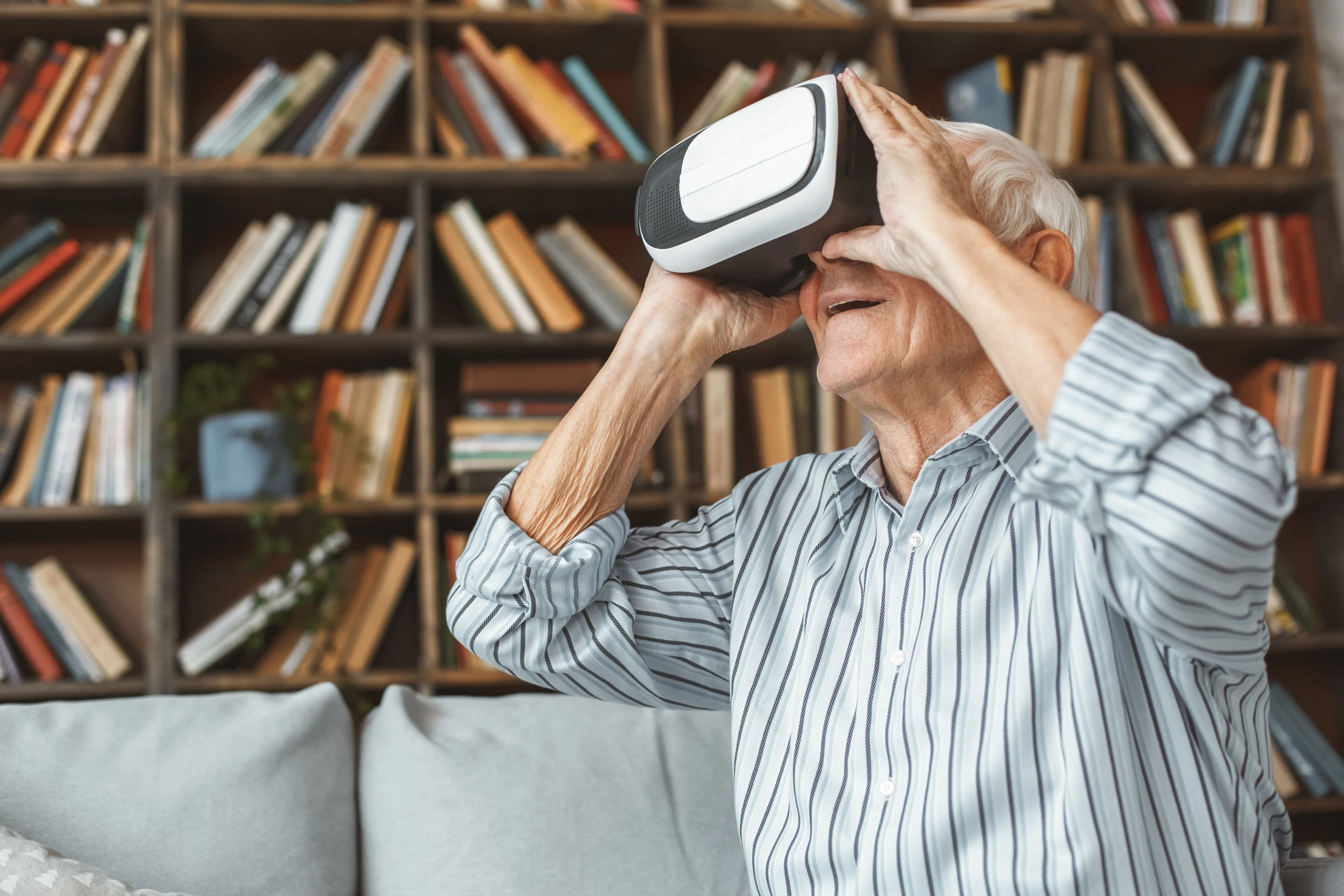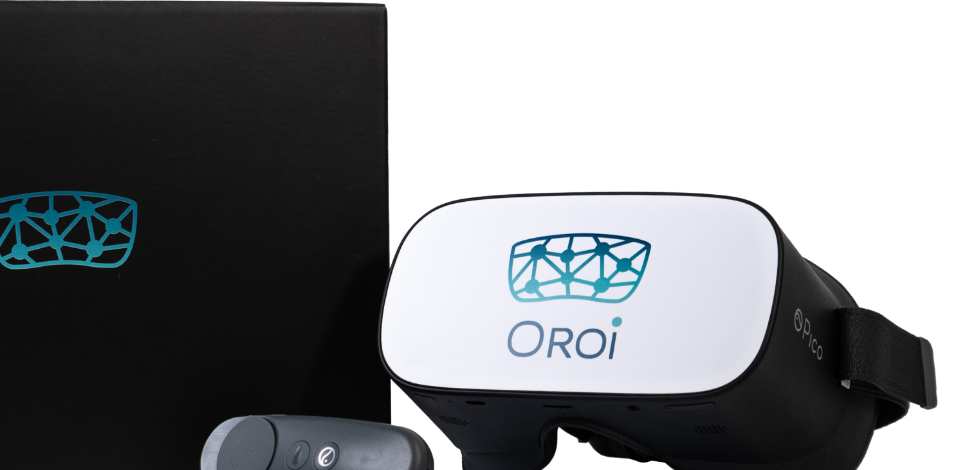News
Why use Virtual Reality glasses for seniors?
Adriana Gómez - - 4 Min.
For several years now, there has been an increase in life expectancy[1], which has led to an increase in the number of older adults and their ages. At the same time as this increase in life expectancy, there has been a technological development that is unprecedented in history[1]. Being older, at the beginning of the 21st century, means growing old in a society of accelerated and unexpected changes, and older people often do not have the necessary resources to adapt to situations that involve new values and new ways of seeing and acting in reality[2].
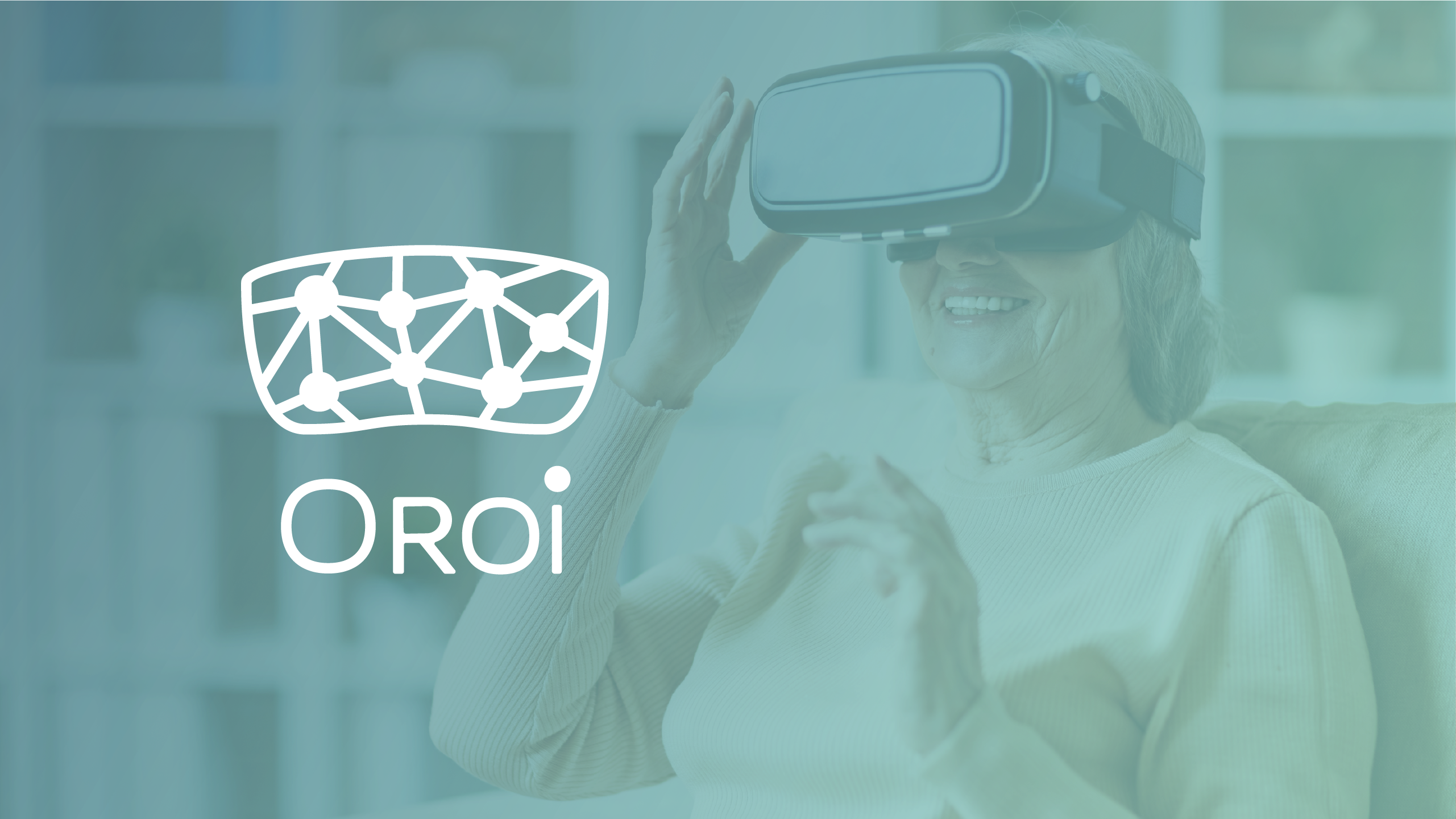
Why use Virtual Reality glasses for seniors?
When we think of Virtual Reality, we think of technology and when we think of technology, we think of young people. However, access to innovation and new technologies is essential to avoid generational drift and for older people not to feel left behind in today's world[3],[4].
It is vitally important to equip older people with the resources to cope in today's world while promoting active ageing. In this sense, virtual reality immerses the user in an alternative environment and gives a sense of presence (the user's feeling of being in the virtual environment), which is gaining interest as an intervention to improve the well-being of older people[5].
One of the many advantages of Virtual Reality is that it gives us access to scenarios that would be very difficult or even impossible to achieve using conventional methods[6], such as travelling to the moon[7], being inside a molecule[7] or travelling to another era[8]. In addition, virtual reality therapies have been shown to enhance users' motivation and enjoyment, both of which are important factors for successful therapy [9].
In the same way, the use of Virtual Reality has been shown to have a number of benefits. Firstly, because, when putting on virtual reality glasses, there is no longer any visual input from the physical environment in which you are, nothing interferes with the experience of being in a different place[10], therefore, there are no distractions, which has been found to lead to increased performance in visual attention[11].
Because this technology offers the possibility to travel to other places[5], older people have the possibility to travel to their hometowns/towns or other places that may be meaningful to them. This is why regular use of virtual reality glasses has been found to stimulate autobiographical memory[13] and episodic memory[12].
Also, watching relaxation videos in a more immersive way, travelling the world, experiencing various cultural events or being in places where users have been before, improves perceived general health and perceived social well-being while making the person feel more relaxed[5].
These are just some of the aspects that we have seen in recent years, but what do they think about this tool? Older adults who have had contact with virtual reality say that they feel safe using it[13], and they also report improvements in their memory[14]. This is why many of them would repeat the experience and recommend its use to family and friends[5].
In short, and returning to the question that gives title to this article, why use virtual reality glasses in the elderly? Because, as we know, an environment rich in stimuli and possibilities provides a healthy lifestyle and in the elderly it is a source of satisfaction and quality of life.
Because, as we have seen, including new technologies in the daily life of the elderly not only has benefits in cognitive and emotional aspects, but also makes them participants in today's society.
And because, within the new technologies, virtual reality glasses in particular, are a tool with many possibilities among older adults, which is also interesting and favours adherence to treatment, while offering stimuli and experiences that could not be provided in any other way.
References
-
Sánchez, D., Eizmendi, G., Azkoitia, J.M. (2006). Envejecimiento y nuevas tecnologías. Revista española de geriatría gerontológica, 41(2): 57-65.
-
Limón, M.R., Ortega, M.C. (2011). Envejecimiento activo y mejora de la calidad de vida en adultos mayores. Revista de psicología y educación (6): 225-238.
-
Sánchez, D., Eizmendi, G., Azkoitia, J.M. (2006). Envejecimiento y nuevas tecnologías. Revista Española de Geriatría y Gerontología 41(2): 57-65.
-
Aldana, G., García, L., Jacobo, A. (2012). Las tecnologías de la información y la comunicación (TIC) como alternativa para la estimulación de los procesos cognitivos en la vejez. CPU-e, Revista de Investigación Educativa, 14. Recuperado de: http://www.uv.mx/cpue/num14/practica/aldana_garcia_mata_tic_vejez.html
-
Lin, C. X.,Lee, C., Lally, D., & Coughlin, J. F. (2018). Impact of Virtual Reality (VR) Experience on Older Adults’ Well-Being. Lecture Notes in Computer Science, 89–100. doi:10.1007/978-3-319-92037-5_8
-
Díaz, E., Flórez, J. (2018). Realidad virtual y demencia. Revista de Neurología 66(10): 344-352.
-
Greenwald, S., Kulik, A., Kunert, A., Beck, S., Frohlich, B., Cobb, S., Parsons, S., Newbutt, N., Gouveia, C., Cook, C., Snyder, A., Payne, S., Holland, J., Buessing, S., Fields, G., Corning, W., Lee, V., Xia, L. & Maes, P. (2017) Technology and applications for collaborative learning in virtual reality. International Conference on Computer Supported Collaborative Learning (CSCL): 719-726 Recuperado de: http://eprints.uwe.ac.uk/32215
-
Benoit, M., Guerchouche, R., Petit, P. D., Chapoulie, E., Manera, V., Chaurasia, G., Drettakis, G., & Robert, P. (2015). Is it possible to use highly realistic virtual reality in the elderly? A feasibility study with image-based rendering. Neuropsychiatric disease and treatment, 11, 557-563. Doi: 10.2147/NDT.S73179
-
Larson, E.B., Feigon, M., Gagliardo, P., Dvorkin, A.Y. (2014). Virtual reality and cognitive rehabilitation: A review of current outcome research. NeuroRehabilitation, 34: 759-772. doi: 10.3233/nre-141078
-
Trepagnier, C.G., (1999). Virtual environments for the investigation and rehabilitation of cognitive and perceptual impairments. NeuroRehabilitation, 12: 63-72.
-
Cipriani, G., Bianchetti, A., Trabucchi, M. (2006). Outcomes of a computer-based cognitive rehabilitation program on Alzheimer’s disease patients compared with those on patients affected by mild cognitive impairment. Archives of Gerontoloy and Geriatrics, 43(3): 327-335. doi: 10.1016/j.archger.2005.12.003
-
Schöne, B., Wessels, M., & Gruber, T. (2017). Experiences in Virtual Reality: a Window to Autobiographical Memory. Current Psychology.doi:10.1007/s12144-017-9648-y
-
Benoit, M., Guerchouche, R., Petit, P.D., Chapoulie, E., Manera, V., Chaurasia, G., Drettakis, G., Robert, P. (2015). Is it possible to use highly realistic virtual reality in the elderly? A feasibility study with image-based rendering. Neuropsychiatric Disease and Treatment, 557-563. doi: 10.2147/ndt.s73179
-
Man, D.W.K., Chung, J.C.C., Lee, G.Y.Y. (2011). Evaluation of a virtual reality-based memory training programme for Hong Kong Chinese older adults with questionable dementia: a pilot study. International Journal of Geriatric Psychiatry, 27(5): 513-520. doi: 10.1002/gps.2746

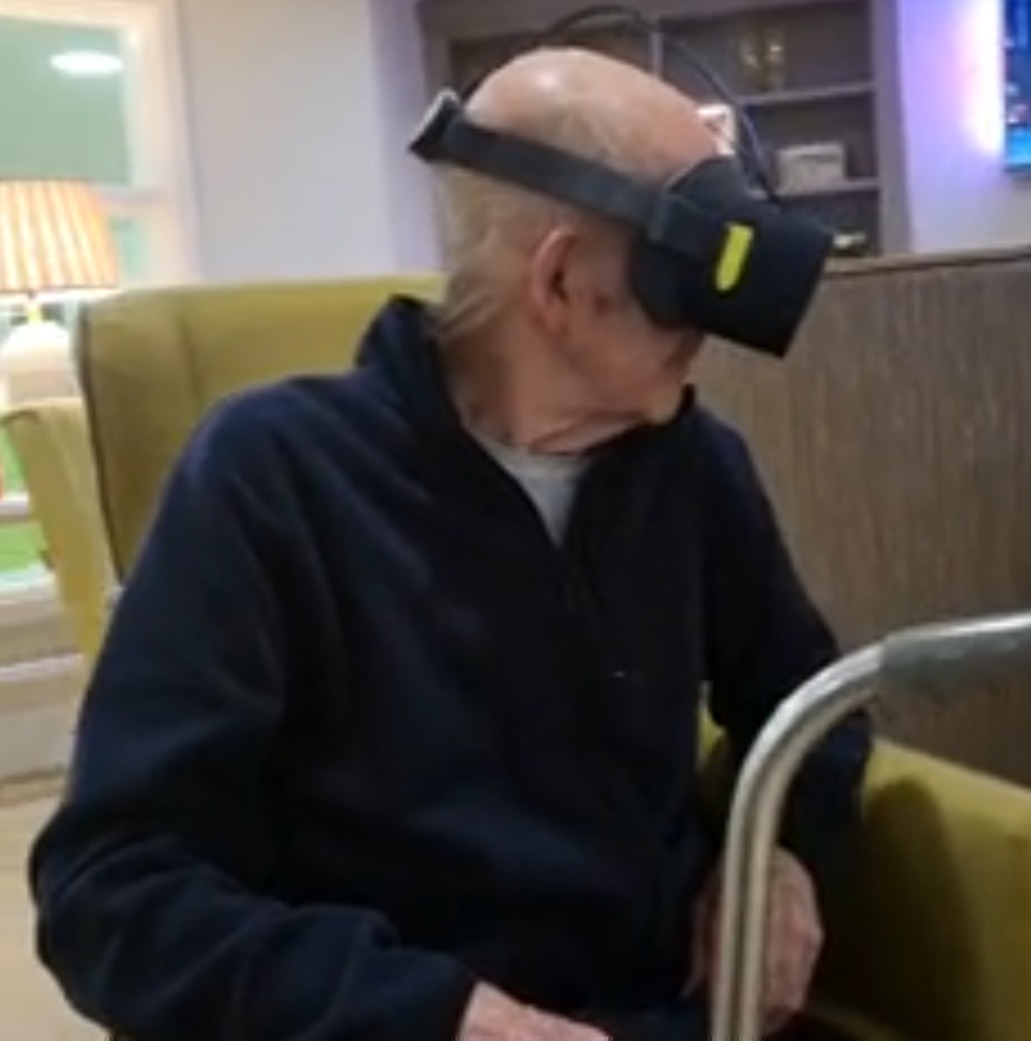
News
Retired ship engineer Ian rekindles his love of the sea during a virtual reality tour with Oroi

News
VR Elderly care Company, OROI, Appoints Linda Hypky as Marketing and Sales Manager in Germany
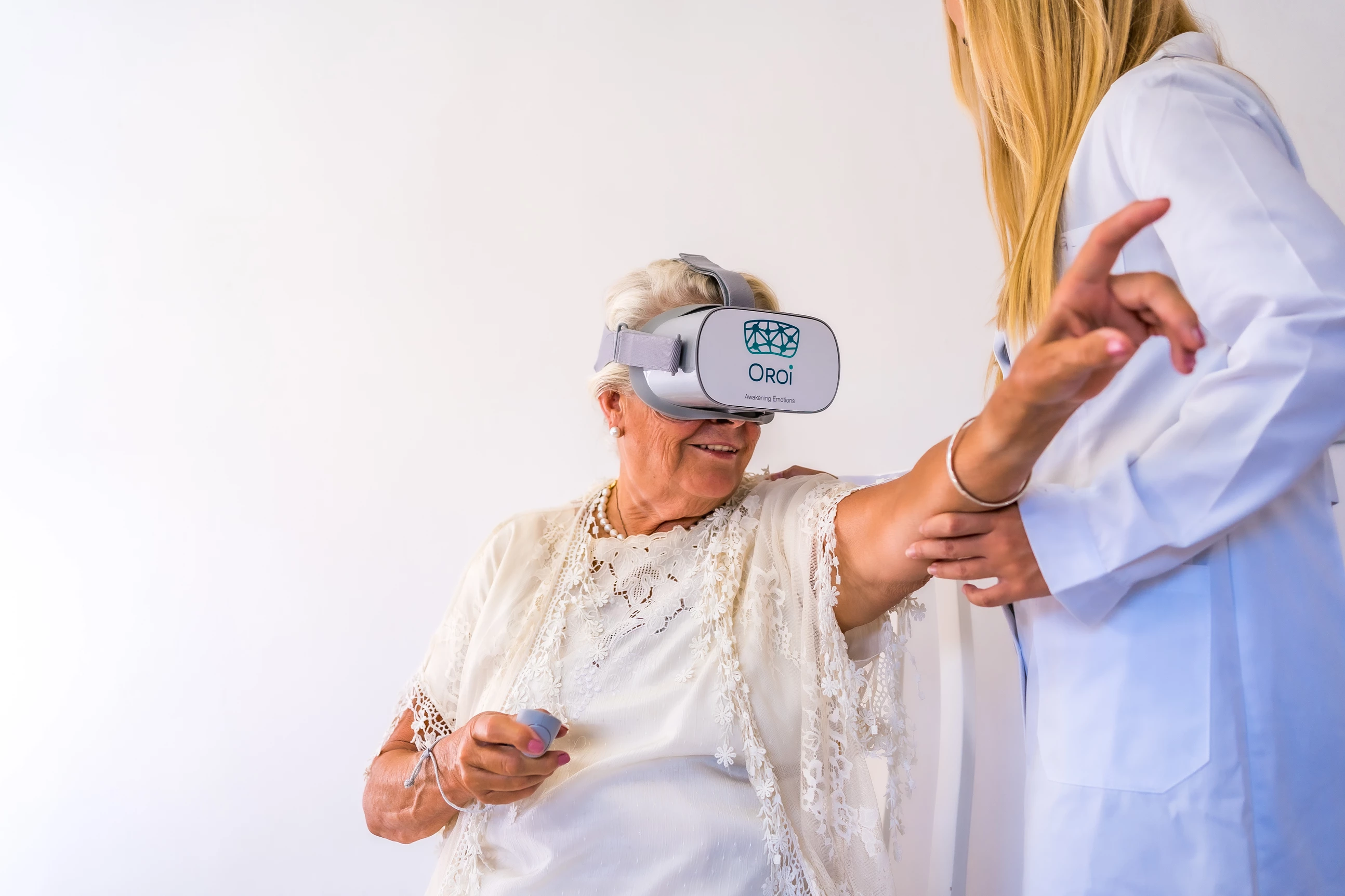
News
Its use started with computer games and is now an important part of the medicine and care sector- VR


